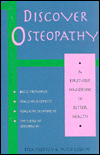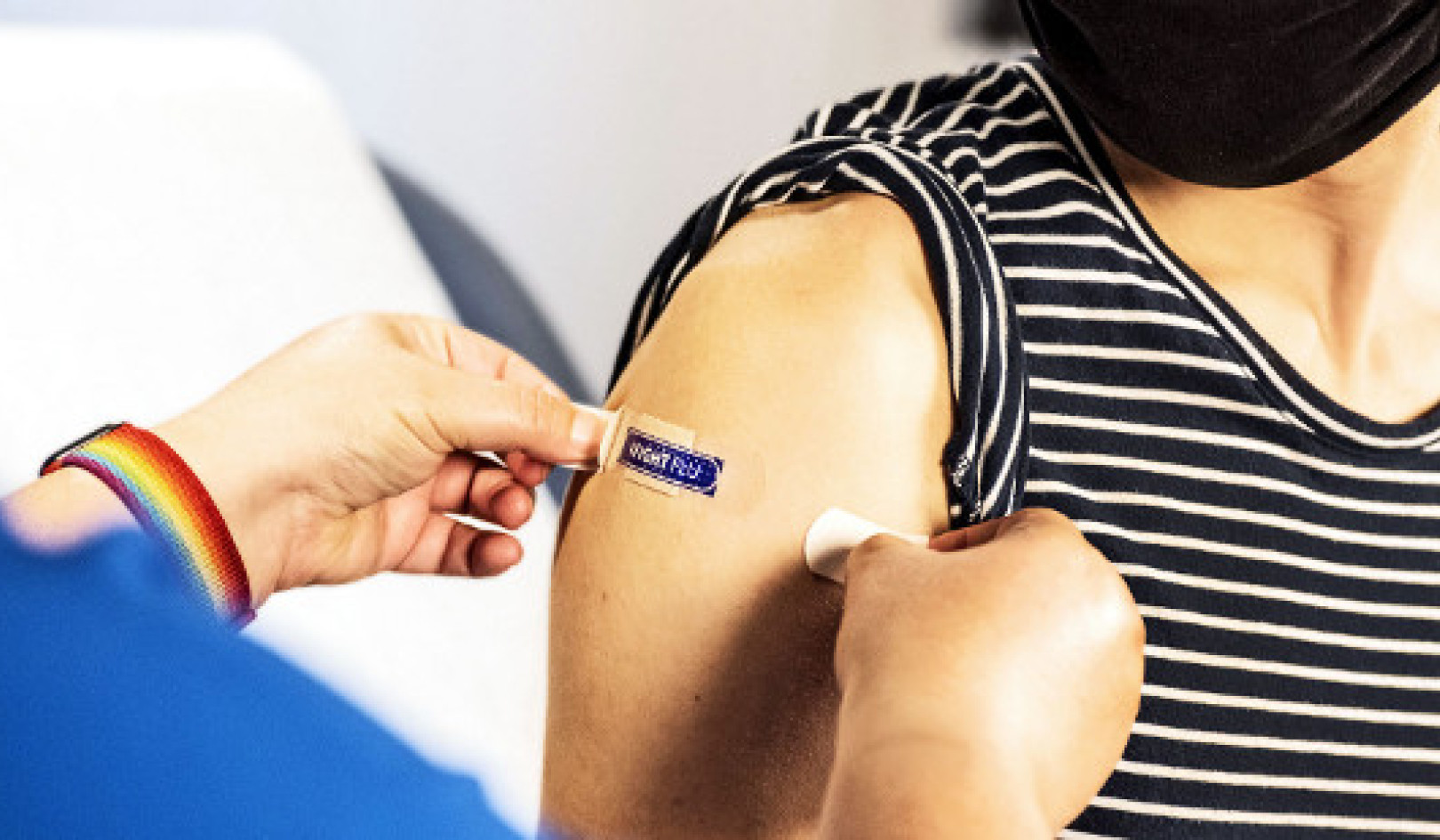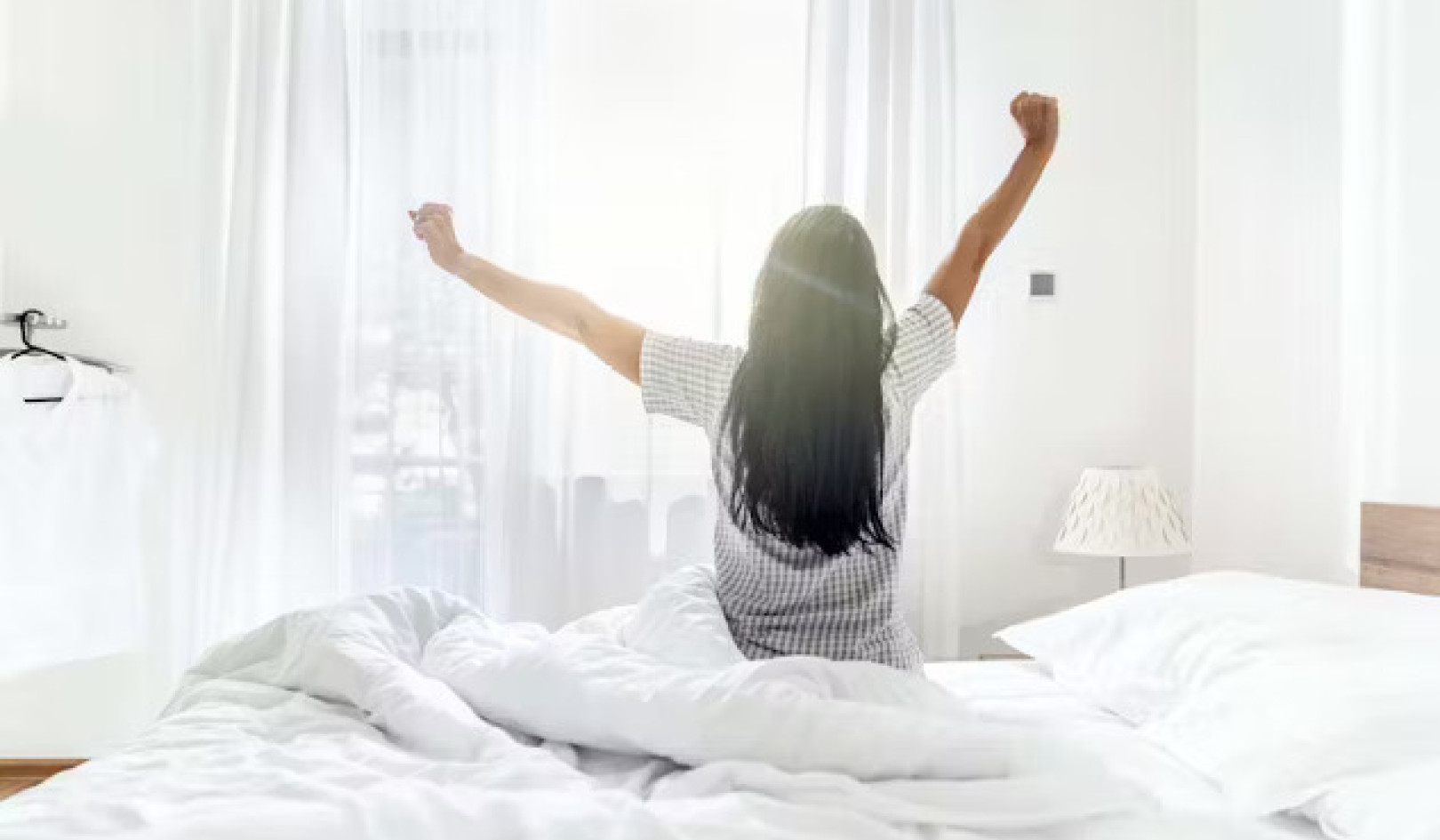Osteopathy is a distinctive and complete system of health care, based on broad principles that ?offer a way of thinking and acting in relation to questions of health and disease? (Dr. I. M. Korr). The procedures it uses in diagnosis and treatment promote healthy functioning in a person by correcting mechanical imbalances within and between the structures of the body. By structures we mean the muscles, bones, ligaments, organs, and fascia. The fascia is a very thin layer of tissue that is found under the skin. Correcting the mechanical imbalances in the structures is done by restoring, maintaining, and improving the harmonious working of the nervous and musculoskeletal systems.
The name osteopathy (given to the therapy by Dr. Still) comes from the Greek osteon (bone) and pathos (to suffer), so it literally means suffering of the bone. The name has created some confusion, leading people to think that an osteopath treats only conditions of the bones. However, Dr. Still chose the name because he recognized the importance of a properly functioning musculoskeletal system for the total well-being of the individual.
Human Anatomy
The greatest interest of practitioners of osteopathy is the study of human anatomy and physiology. Following in Dr. Still?s footsteps, they know how important it is to have a thorough understanding of the correct position and function of each bone and other structures in the body. This is essential in order to find out about the normal and healthy working of the human body. Those working in osteopathy look at the causes of disease and suffering, originating in the abnormal working relationship that can exist within and between structures.
Dr. Still thought of the musculoskeletal system as the primary machinery of life and saw how disruptions in this delicate machine may lead to illness. For the osteopath, therefore, the physical integrity of the whole body is seen as one of the most important factors in health and disease. Rather than bone specialists, osteopaths are in fact masters in the biomechanics of the human machine.
Osteopathy and Medicine
Osteopathy and orthodox medicine have many things in common: they both use the scientific knowledge of anatomy and physiology, as well as clinical methods of investigation. In this respect, they have a similar language. The greatest differences, however, lie in the way patients are evaluated and in the approach to treatment.
As a general rule, the orthodox medical approach focuses on the end product of the problem ? that is, on the illness. Treatment aims to redress the balance by giving drugs or carrying out surgery.
Osteopaths focus on tracing the changes in function that have occurred over a period of time. This is in order to try to understand the chain of events that have altered the relationship between structure and function, resulting in the present complaint.
A typical example might be a six-year-old boy who, while playing, falls very hard on his bottom. He cries bitterly and complains of pain over his sacrum for a week or so. A kiss and ?rub it better? console him. During a sudden growth spurt as a teenager, the same boy complains of low back ache. By the age of eighteen, he has his first attack of sciatica, which is helped by anti-inflammatory and muscle relaxant medicine. He gives up his favorite sport, rowing, because it seems to aggravate the problem.
In his late twenties, married with a young child and a stressful job, he begins to have an irritable colon and attacks of cystitis. He takes antibiotics and changes his diet. At the age of forty, he has a major attack of low back pain and sciatica and is in bed for two weeks. At this point, hoping to avoid surgery, he visits an osteopath.
Homeostasis and the Systems Theory
The belief in the self-healing capacity of the body is very ancient, and in our Western medical tradition it can be traced back to Hippocrates. Dr. Still reaffirmed this belief at a time when it was particularly needed, and before the discovery of the law of homeostasis.
Homeostasis is the process by which every living thing makes continual adjustments to keep itself in a stable condition and function to the best of its ability. It is a self-regulating activity, with pre-set limits. For example, in the blood there must be a precise quantity of dissolved oxygen within maximum and minimum levels in order for all the body tissues to work. The body is constantly readjusting to maintain this balance.
The in-built homeostatic mechanism comes into play to restore balance where it has been disrupted and it is the result of the biological cognitive (the ability of a system to modify itself in order to stay alive) process. This occurs in every cell in the body, involving a kind of memory that is not limited to our brain and conscious thought. In this sense, the whole of our physical structure is but a bank of memories.
The Living System
Modern biology and cognitive science (the study of how we know what we know) can give us a better insight into some of Dr. Still?s theories and beliefs. Every living thing, from a single cell to the earth itself, can be seen as a living system. To see how the principles of osteopathy are rooted in our physiological make up, we can take the example of one individual cell.
When in the presence of an irritant, the cell changes its wall to protect itself, and stabilizes its internal network of communications. The result is that the life within the cell is kept in balance, through its self-adjusting, ?thinking? responses. The ability to do this is found in each cell throughout the body. A cell, like any other living system, is considered to be both closed and open. It is closed because it always refers to its internal organization in its exchanges with the world around it. It is able to construct its own inner environment and is self-generating. A cell is an open system, because it is able to modify its structure in response to the stimuli it receives from outside. A living system is therefore open, because it is influenced by and responds to its outside environment. This leads us on to another important aspect of a living organism, which is the tendency to self-improvement.
Systems theory shows the depth of the structure-function relationship that is found in each and every cell of the body. This is not limited to the cell, but involves the functioning of the whole of the physical body, as well as giving us an insight into the way we relate both to ourselves and to the external world. By affirming the existence of a ?total body memory? and our inherent capacity for balance and self-improvement, we can understand how the self-healing power of the body is often helped by the minimum of therapeutic intervention. Clearly, this theory also supports and justifies an holistic approach to health.
The Self-Healing Mechanism
Osteopaths believe that health, and not disease, is the natural heritage of man. The human body has inside itself ? within certain limits ? the capacity for self-repair and correction. It can create its own remedies, provided that good circulation is maintained, a balanced diet is eaten, a positive attitude is held and ? as far as possible ? you live in a pollution-free environment.
The self-healing mechanism is the backbone and sustainer of the principles and application of osteopathy. Osteopaths believe that disease primarily comes from within the individual, and so they concentrate on the person who is suffering rather than on the microorganisms that are thought to cause disease. There are, however, some stages of disease where the changes it has brought about have gone beyond the point of return. In these cases, osteopathy can help the person to function to the best of his ability, given the circumstances. Where necessary, an osteopath will refer a patient for further specialist examination and treatment.
Continued - The Principles of Osteopathy; The Holistic Approach; What Is Healing?; Osteopathy & other therapies
 This article was excerpted from
This article was excerpted from
Discover Osteopathy
by Peta Sneddon & Paolo Coseschi.
About The Author
Peta Sneddon and Paolo Coseschi are registered osteopaths who share a private practice in Chianti, Italy. This article was excerpted with permission from "Discover Osteopathy" published by Ulysses Press. Ulysses Press/Seastone Books are available at bookstores throughout the US, Canada, and the UK, or can be ordered directly from Ulysses Press by calling 800-377-2542, faxing 510-601-8307, or writing to Ulysses Press, PO Box 3440, Berkeley, CA 94703, email























